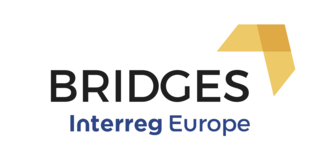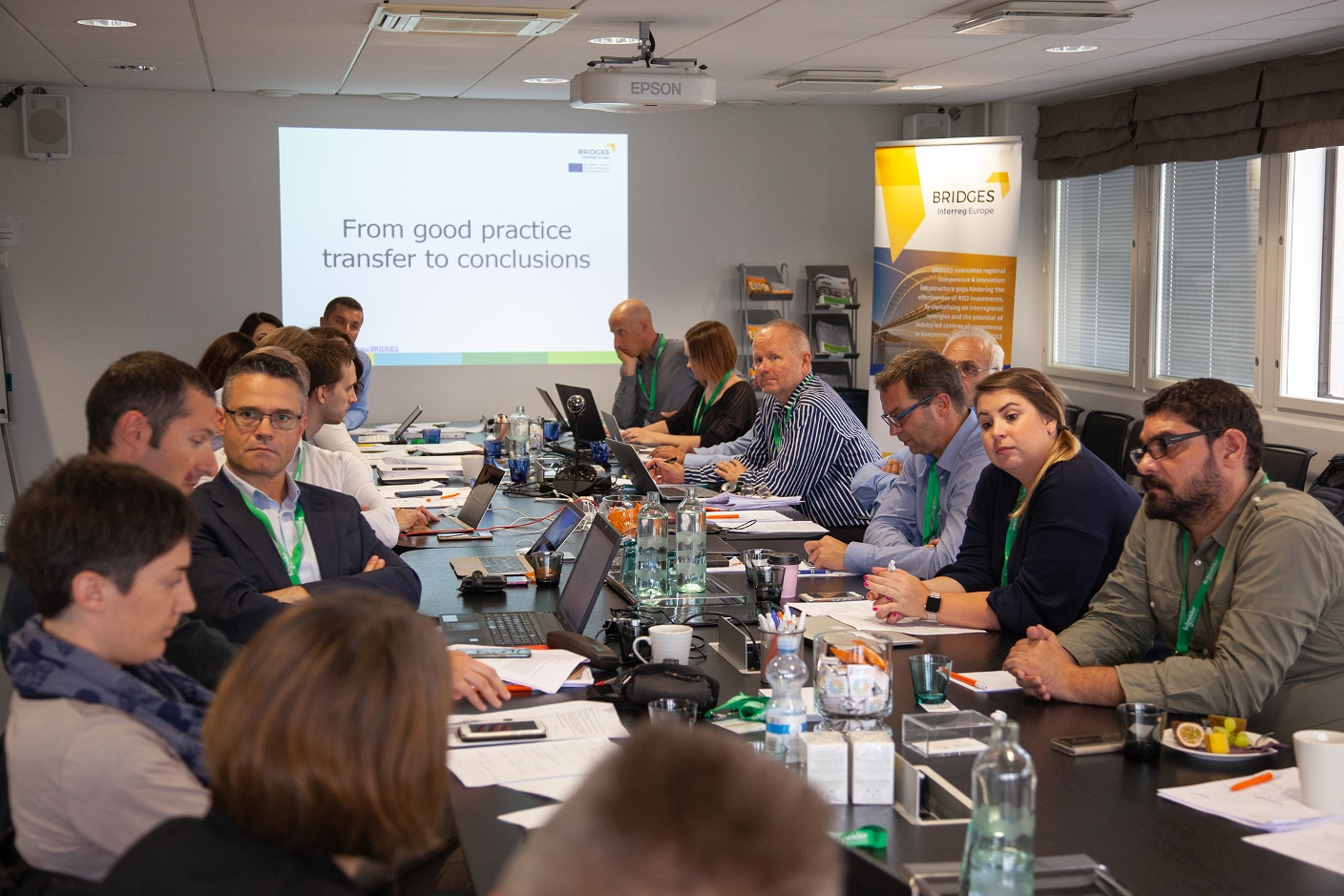CERTH PP9, Greece, joined the BRIDGES project as an advisory partner. During Phase 1 of the project PP9's task was the '2nd reading of the partner regions' potential', related to bio-based economy and project-supported interregional complementarities. The BRIDGES project argues that, when it comes to considering regions' RIS3 diversification concepts, 'regions often have a wider range of diversification and competitiveness options than they realise and explore through their RIS3. To address this potential, an external expert's view, providing a new interpretation of the potential of the place-based approach could be useful'. During Phases 1 and 2, Thomas Bartzanas, Research Fellow CERTH, Associate Professor Agricultural University of Athens coordinated the 2nd reading activity and its interpretation into the action plans and the good practice selection. According to Thomas' opinion, the 2nd reading was a useful activity, but not always easy to benefit from. Sometimes regions were not always prepared to consider new options. It was also sometimes challenging to pinpoint the "fit" of good practices to concrete actions to be integrated into the action plans. One of the reasons for this challenge might be that many GPs were methodological and, therefore, an additional step was needed to interpret them into the individual regional contexts.
During the last period of the project, one of the outputs of the additional activities is identification and selection of good practices (GP) relating to value chain-based (VC) policies and issues. PP9 coordinated the good practice identification and selection task. Charisios Achillas, Research Fellow CERTH, Associate Professor at International Hellenic University worked especially on this task. According to his experience, it proved rather challenging to identify good practices demonstrating value-chain based development and measures. There has been considerable screening of possibilities across the EU and also beyond the EU. Finally, he notes that two types of good practices were identified: cross cutting GPs related to value chain mapping and identification of interregional complementarities and vertical GPs, relating to specific initiatives supporting VC - based applications, such as new business models aimed at re-shoring and in-shoring. He remarks that partners showed a stronger interest in selecting horizontal GPs, indicating lack of VC-based policy tools in the regions.
Both, Thomas and Charis agree that the value chain mapping methodology, developed during the BRIDGES project extension period, proved a useful new tool while, the GPs identified during this last period of the project, were linked to regional contexts in a more straightforward way, and therefore it was easier for the regions to see the GPs relevance and select for transfer.
The presentation of PP9 to the closing meeting is available here: https://projects2014-2020.interregeurope.eu/fileadmin/user_upload/tx_tevprojects/library/file_1659359293.pdf .













